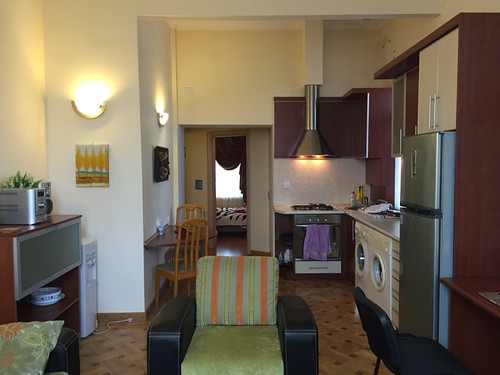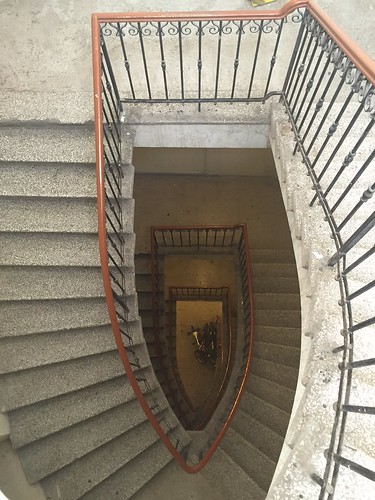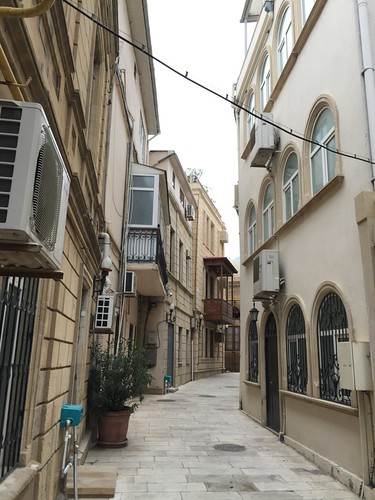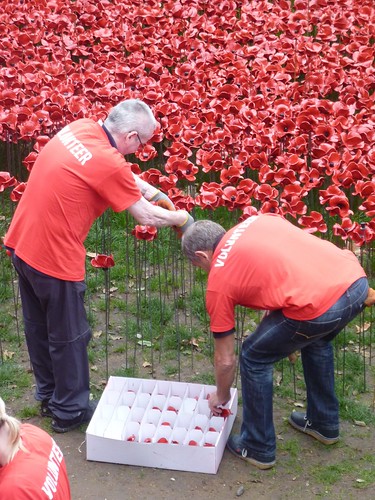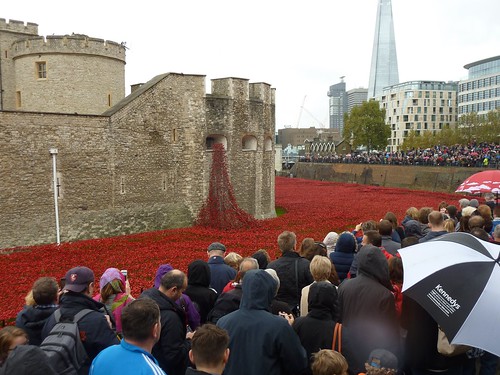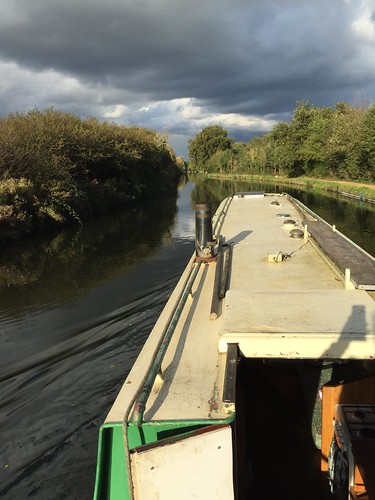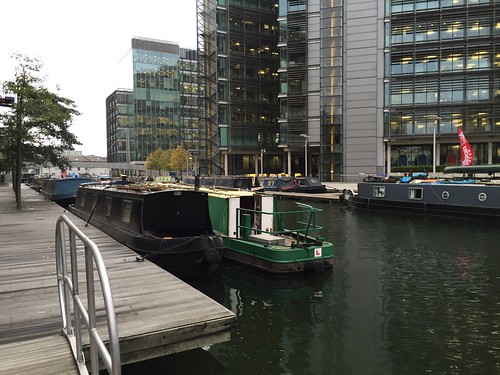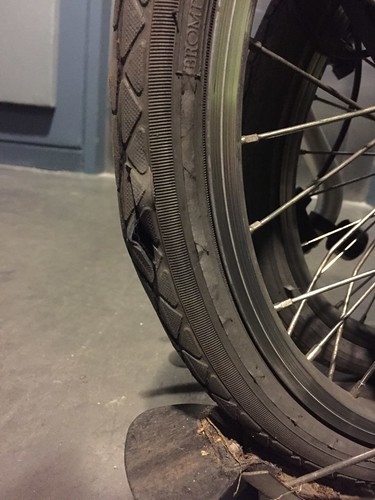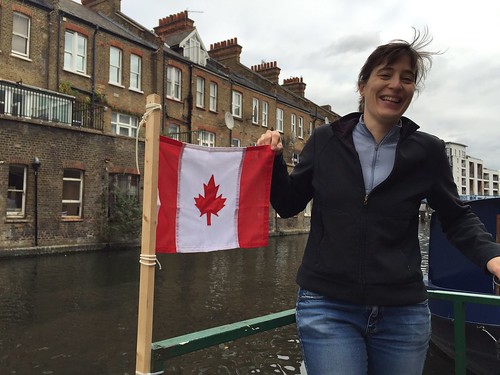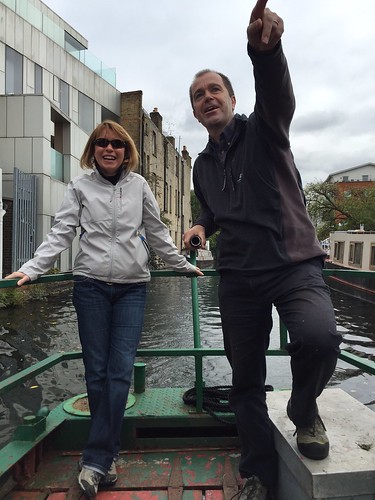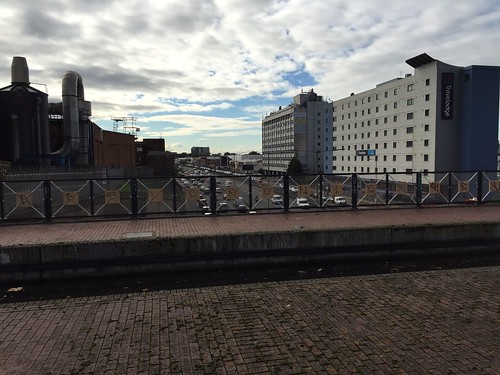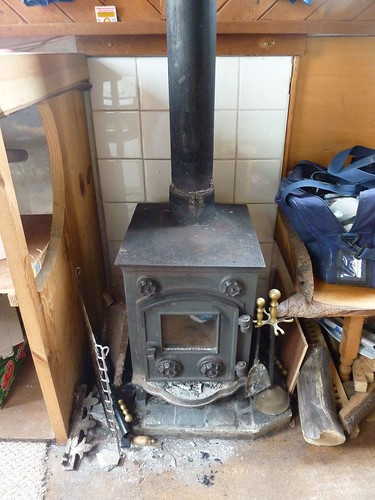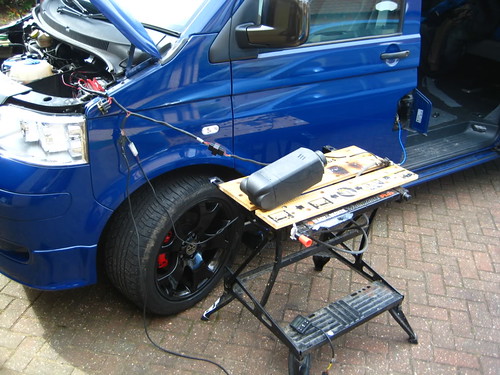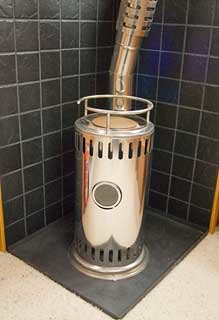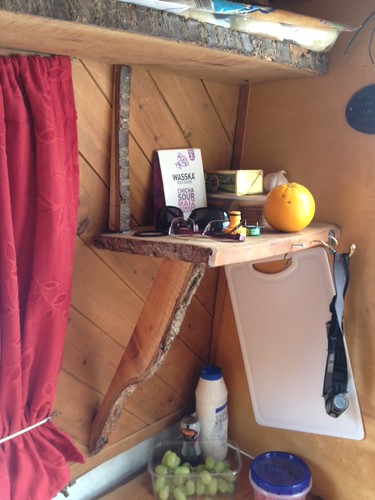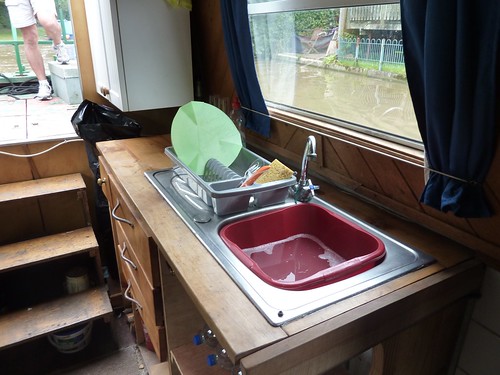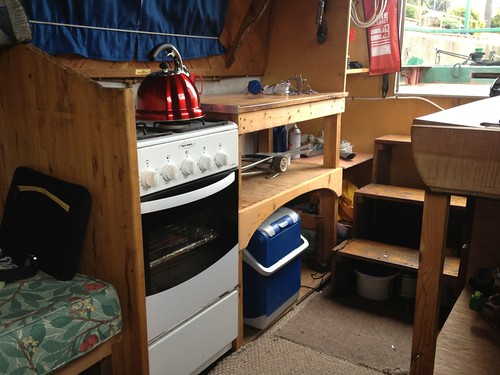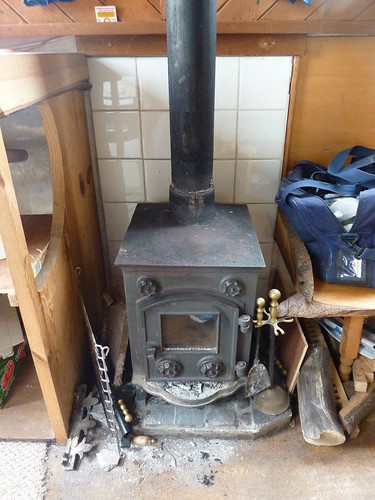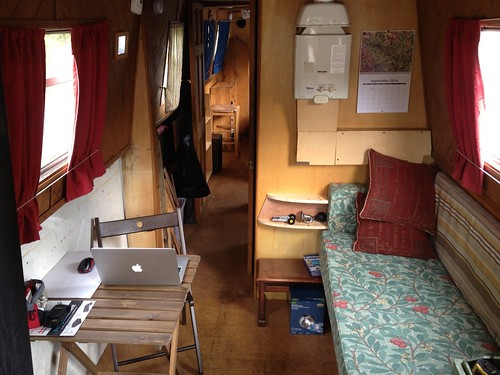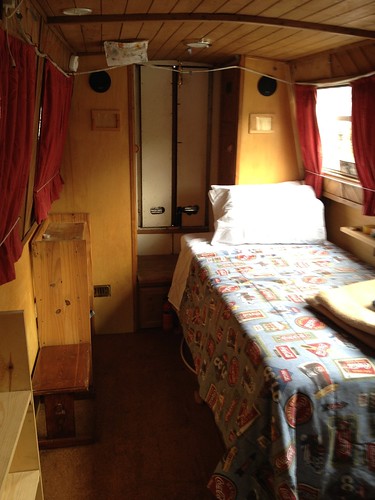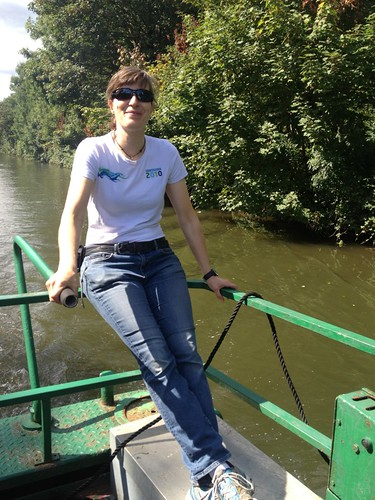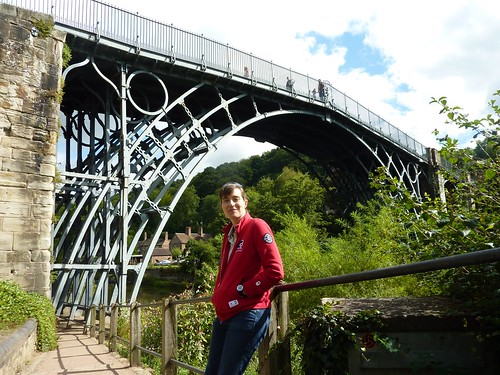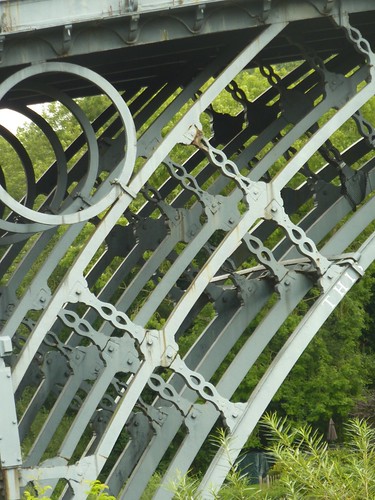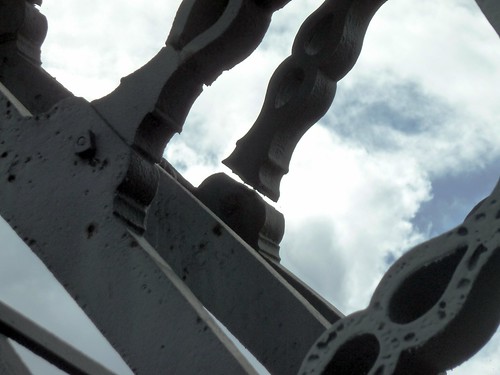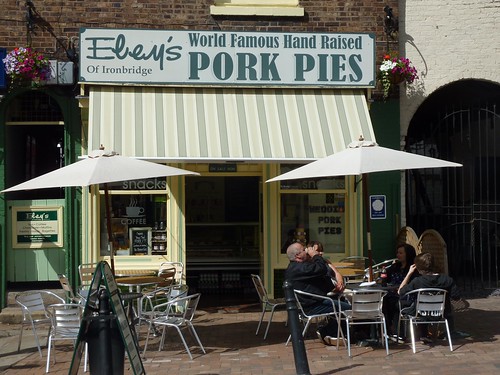The clock is ticking down faster and faster it seems. I’ve now got just eight days left before I fly off to Azerbaijan to what promises to be something completely different. In the next eight days I’ve got to finish a lingering bit of work, get a whole load of equipment onto the boat, get a fair bit of different stuff off the boat, finish packing up all my belongings in Brixton, gather and pack all the bits and pieces I’m taking to Baku, and enjoy a whirlwind tour of coffee dates, drinks and evenings out with friends I want to catch up with before I’m gone for 8 months. It all seems a bit much sometimes.
However, that didn’t stop me from spending a few days moving the boat from far-flung Uxbridge into central London a few weeks ago. This was mostly just for fun, because it seemed a shame to go through all the faff of buying a boat and learning how to manage it, and talking about it endlessly to anyone in earshot without giving people a chance to see it for themselves. So I set off one Saturday morning from Uxbridge in the hopes of getting to Paddington over two days. It’s about 17 miles, and the boat tops out around 3-1/2 miles per hour, so though it might be technically possible to manage the trip in a single day, driving the boat alone that far it would have been miserable.
It was kind of fun though, and included some sunny spells, and some nicely foreboding clouds.
Here’s the thing about driving a boat versus driving a car. If you’re on a long road trip in a car it’s not such a big deal to be on your own because it’s easy to simply pull over, shut off the engine and take a break. On a boat it’s not so simple. Yes, you can pull over to the bank and stop, but then you’ll have to pound in mooring stakes and tie off properly before you can relax. It’s not impossible, but it’s a process. And keep in mind that when driving a boat you’re outside all the time, at the tiller. If you’re alone this means no tea breaks and no pee breaks. It can even be difficult to go get a sweater if it gets chilly. Even though the boat crawls along at a slow walking pace, you really can’t leave the tiller for more than about 30 seconds without the possibility of things going horribly off course. On an empty section of canal this is not a disaster - you simply steer back to the middle and keep going, hoping you don’t end up with some unintended contact with the banks, or another boat. But it does mean that you’re really tied to the tiller the whole time you’re moving. So that’s why it took me two days to go 17 miles.
And how was it? Boat life in central London? I was surprised by my reaction. I arrived at Paddington Basin around 4pm on a Tuesday, and though there was a definite sense of accomplishment at having successfully piloted my boat to its intended destination, there was also a real feeling of sort of… embarrassment. Yep. Do you remember the
Not Quite Ready for Prime Time Players? Well I had the definite sense that me and my boat fall into the Not Quite Ready For Paddington Basin Boaters category. This is partly because I’m still not supremely confident with handling the boat, but truthfully, it’s mostly because my little green boat is pretty rough looking. Paint peeling, loud and smelly, and just kinda… well, kinda not quite ready for Paddington Basin.
I was here.
Of course there are much rougher looking boats on the canals than mine, but that didn’t enter my thinking as I moored up alongside another boat at the far end of the basin. It all just felt… wrong. Too urban. Perhaps this was because almost all my experience on the boat so far has been very suburban: leafy towpaths, not glass office towers. Whatever the reason, I was uneasy.
See what I mean?
Nonetheless, I stuck it out at my coveted Paddington Basin mooring spot for the full seven days I was allowed. And I did have a couple of people over, and we hung out in the boat with the fire going, drinking beer and talking about boats and other bollocks and they were generally complimentary about the boat. Or at least they were good at PRETENDING to be generally complimentary about the boat, which is good enough for me.
On the morning of the following Tuesday, I woke up in the boat with plans to move west a bit, in compliance with the seven-day mooring limitation at Paddington Basin. You might remember that was the night and morning when the UK endured a bit of rough weather caused by the tail end of a hurricane, so when I woke up to lashing rain and cloudy skies I was less than enthusiastic about the prospect of being outdoors at all. Luckily, by the time breakfast was finished the skies had cleared and the sun came out and I leapt into action to take advantage of the break in the weather. I turned on the engine pre-heat and then cranked it up, only to have the engine resolutely refuse to actually turn over. It would crank, but not catch. Somewhat alarmed, I stepped back a bit and let the pre-heater do its work for a while longer, and that did the trick. Engine chugging away, I untied my mooring lines and was on the dock, literally pushing the boat out, when I glanced back to see smoke emanating from the engine compartment.
Damn. I pulled the boat back into the dock, hastily tied it off and shut off the engine. Then I opened up the engine compartment to see if I could figure out the problem. In fact, it was fairly obvious what had happened - the alternator belt was broken and lying half-submerged in the bilge, likely having fallen onto some hot part of the engine in the process. Luckily, I’ve actually dealt with the alternator belt before, so it didn’t take me long to replace it (I had two spares, for just such an occurrence). So I was feeling fairly pleased with myself by the time I cast off again and chugged out of Paddington Basin heading west.
I’d already scoped out a likely mooring spot near Westbourne Park and it was still open when I arrived. Sadly, I was soon to discover WHY it was open. For some reason that I can’t fathom, there were large blocks of stone submerged near the towpath, making it impossible to get the bloat close enough to the towpath to moor comfortably. I should have realised there’d be a reason why that mooring space was suspiciously available. After a few minutes of swearing and consternation, and a brief episode of being sort of stuck on the stones, I pushed onwards into the high winds and eventually found a mooring spot a little further along. It was really not a stellar morning on the boat.
Here’s a photo of the kind of submerged stones I encountered along the towpath. What possible reason is there for this?
(As a non-boat related aside, that day didn’t really get much better. I got some work done at the theatre and then suited up to cycle home only to discover a massive, catastrophic puncture in my rear tire.
And I do mean massive. It made a very loud bang.
There was no repairing it, so I folded up the bike and jumped on the tube, only to find that the Victoria line was so backed up that I had to allow about five trains past before there was space to board. And then when I’d finally carried my bike all the way back to the house I had to sit on the front step waiting for my housemate to get home because the deadbolt locks have been acting funny and I could not get my key to work. So really, it was just not a good day at all.)
Some days on the boat are like that, when I think this whole thing has been a huge error in judgement and I despair quietly (or loudly, to anyone who will listen). And then some days are like yesterday. Yesterday I rocked up to the boat around 11am to continue the journey north and west back to Uxbridge, where I’ll leave the boat when I jet off next week. (Next week! Yikes!) There I was joined by my friends Jeremy and Paola, who you may remember from a certain
Italian wedding earlier this summer. Jeremy and Paola are proper sailing people, so when they expressed interest in seeing the boat and coming along for a ride I was a bit worried that the whole thing might be sort of tame and disappointing for people who were use to reefing mizen masts and sailing sailing over the bounding main and such. After all, piloting a narrowboat at a brisk three miles an hour over a dead flat canal with no tides or currents or salt spray in your face must seem awfully pedestrian.
But of course they were great sports and we had a lovely day. The weather cooperated and though it was a bit chilly and windy, it’s really not fair to complain when you can spend a dry day out on the boat in just a fleece in late October. We’re living on borrowed time here in that respect, and every sunny warm day feels a bit like winning a (small) lottery.
They even brought me a present for the boat!
Better still, they were keen on being at the tiller, which meant that the whole trip, though short, was much more sociable and fun than the solitary trip east. Chatting away and trading off time on the tiller makes for a much more enjoyable day, and leaves time for pleasantries such as making cups of tea and passing around biscuits (
still lots left) and taking pictures of passing oddities.
Paola pretending to listen to Jeremy pontificating
We chugged along happily, taking in the sites along the canal, including quite a few very interesting boats.
Another member of the Not Quite Ready For Paddington Basin Boaters?
And we had the excitement of passing over the aqueduct that crosses the North Circular, which is simply very very cool.
There was even a traffic jam down on the road, which made us feel quite smug, because even though we might only have been going about two and half miles an hour, we were still moving. Also, we were on a boat, which is inherently vastly cooler than being stuck in a car on the North Circular. Oh, also we had bread and cheese and olives and possibly also a bit of beer. And eventually we fetched up at a nice canalside pub and moored up, which is soooo much easier with three people than with one. And we had a bit of a quencher at the pub before Jeremy and Paolo trotted off to the tube station and I went for a nice long run along the towpath and then came back and lit a fire and settled in for a cozy night of blogging and videos and supper and cozy warmth on the canal.
So sometimes things work out and I think this might be a pretty good life after all.
P.S. Full disclosure: The next day was another BAD boat day involving me managing to disable my engine entirely by sending the radiator cap overboard and it was just crap and I really don’t want to talk about it.






